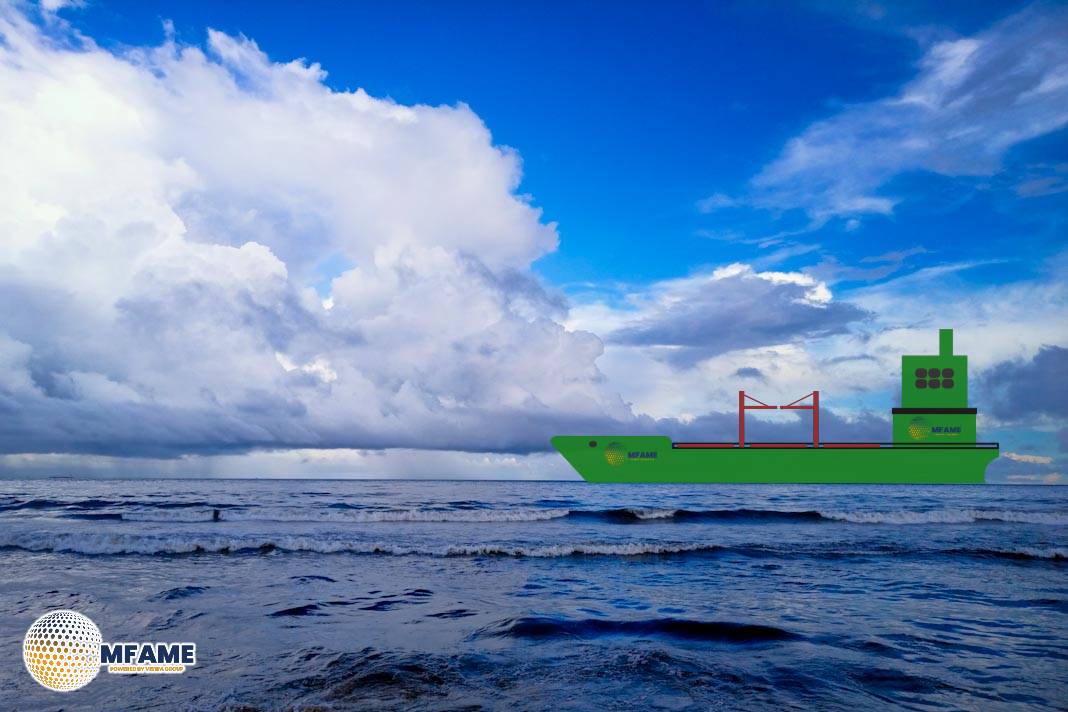- Senators Highlight Bipartisan Momentum for Industry Revival.
- SHIPS for America Act Aims to Create Jobs and Boost Security.
- Lawmakers Unite to Reduce China’s Maritime Dominance.
Three industry experts recently shared their insights with a Senate subcommittee, emphasising the urgent need for the United States to revitalise its commercial shipbuilding capabilities. This comes after years of Chinese industrial dominance and a decline in our own domestic infrastructure. The Senate Subcommittee on Coast Guard, Maritime, and Fisheries held a hearing called “Sea Change: Reviving Commercial Shipbuilding,” aiming to discuss strategies for modernising the industry and bolstering our maritime foundation. The conversation also touched on President Trump’s National Security Council initiative to “Make Shipbuilding Great Again” and the administration’s forthcoming Maritime Action Plan, reports gCaptain.
Bipartisan Push to Rebuild U.S. Shipbuilding and Counter China
Chairman Dan Sullivan said the U.S. faces a “critical strategic challenge” as foreign competitors, particularly China, lead global shipbuilding while domestic capacity lags. He emphasized rebuilding a robust, competitive industry to “support good-paying American jobs” and safeguard national security.
Following the hearing, Senators Mark Kelly and Todd Young, co-sponsors of the SHIPS for America Act, said: “Today’s hearing made clear that there is growing, bipartisan momentum to rebuild American shipbuilding… We’ll keep working in Congress and with maritime leaders to pass our bill that will create good-paying jobs and counter China’s dominance over the oceans.”
The Jones Act Remains the Industry’s Foundation
Matthew Paxton, who leads the Shipbuilders Council of America, highlighted the critical role of the Jones Act. This legislation ensures that domestic waterborne commerce is reserved for vessels that are built, flagged, owned, and crewed by Americans. “It is the bedrock that provides the stable, demand-based market required to sustain modern yards, preserve skilled craft labour, and ensure a robust supplier base capable of building and maintaining complex government and commercial fleets,” Paxton said.
He warned that weakening the act would “erode this foundation,” discourage investment, and harm the industrial base essential for naval readiness. Paxton also noted China’s “coordinated, non-market industrial strategy” over the past three decades to seize market share and suppress prices, adding that only three of the ten Maritime Security Program operators are U.S.-owned.
The “Merchant Marine Act of 2025”
Professor Salvatore Mercogliano of Campbell University called the SHIPS for America Act “the most significant maritime reform effort since the Merchant Marine Act of 1970.” The bill, reintroduced by Senators Kelly and Young in April 2025, aims to expand the U.S.-flag fleet to 250 ships and require all U.S. government cargo to move on U.S.-flagged vessels. Mercogliano described it as a “long overdue Merchant Marine Act of 2025,” saying the ambitious 10-year goal is essential “if we hope to rebuild our maritime capacity.”
He emphasised the need to reflag foreign-built ships under the U.S. flag and suggested expanding federal programs, cargo preference incentives, and tax rebates to offset higher domestic costs. “A key step is facilitating the reflagging of vessels, as seen with the CMA CGM Phoenix and the LNG tanker American Progress, and promoting the benefits of American registry,” he said. “This should include a careful re-examination of the Jones Act—not to repeal it, but to modernise its application.”
Modernising Domestic Fleets and Driving Innovation
Mercogliano stressed the need to modernise the U.S. fleet of tugboats, towboats, and ferries. He pointed to the MV Dali incident in Baltimore as a clear example of our tug capacity falling short. He also advocated for investments in cutting-edge technologies, such as small modular nuclear reactors for propulsion, to help the U.S. reclaim its position as a leader in maritime innovation.
Key Provisions of the SHIPS for America Act
The SHIPS Act puts forth several key proposals:
- Establishing a Maritime Security Advisor and an Interagency Maritime Security Board under the White House.
- Creating a Maritime Security Trust Fund to reinvest duties and fees into security and infrastructure.
- Ensuring cargo preference for U.S.-flagged vessels and mandating the use of U.S. ships for certain Chinese imports by 2030.
- Offering a 25% tax credit for shipyard investments, transforming the Title XI Loan Program into a revolving fund, and introducing new financial incentives for shipbuilding.
- Launching a U.S. Centre for Maritime Innovation and Maritime Prosperity Zones to draw in private investment.
- Supporting the maritime workforce through enhanced training, updated credentials, and improvements to academy infrastructure.
Trump Administration’s Maritime Action Plan Due November 5
Paxton said the administration’s upcoming Maritime Action Plan, directed by the Executive Order on Maritime Dominance, aims to align trade policy with industrial strategy, strengthen domestic repair capacity, and consider funding mechanisms such as a maritime security trust fund.
Mercogliano backed the SHIPS Act’s call for a Maritime Security Advisor and Trust Fund, adding that revitalising U.S. shipbuilding “is not merely an economic or industrial challenge—it is a matter of national security and global competitiveness.”
Vessel Construction Manager Model Offers Cost Savings
Jeff Vogel, Vice President of Legal at TOTE Services, highlighted the Vessel Construction Manager (VCM) model, which has delivered government vessels such as the National Security Multi-Mission Vessels at about $314 million each, saving nearly $4.5 billion compared to Navy estimates.
“By using commercial solutions, many of the inefficiencies that have plagued the U.S. shipbuilding industry can be quickly resolved, restoring American shipbuilding dominance,” Vogel said. He added that “where U.S. innovation leads the world follows,” noting LNG-fueled container ships now make up over 56% of the global orderbook.
Did you subscribe to our daily Newsletter?
It’s Free Click here to Subscribe!
Source: gCaptain

























